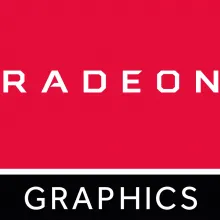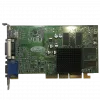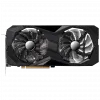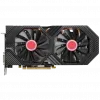
Radeon (/reɪdˌɒn/) is a brand of graphics processing units (GPU) produced by Advanced Micro Devices (AMD), first launched in 2000 by ATI Technologies which was acquired by AMD in 2006. Radeon is the successor to the Rage line. There are four different groups, which can be differentiated by the DirectX generation they support. More specific distinctions can also be followed, such as the HyperZ version, the number of pixel pipelines, and of course, the memory and processor clock speeds. The brand was previously known as "ATI Radeon" until August 2010, when it was renamed to create a more unified brand image. Products up to and including the HD 5000 series are branded as ATI Radeon, while the HD 6000 series and beyond use the new AMD Radeon branding.






